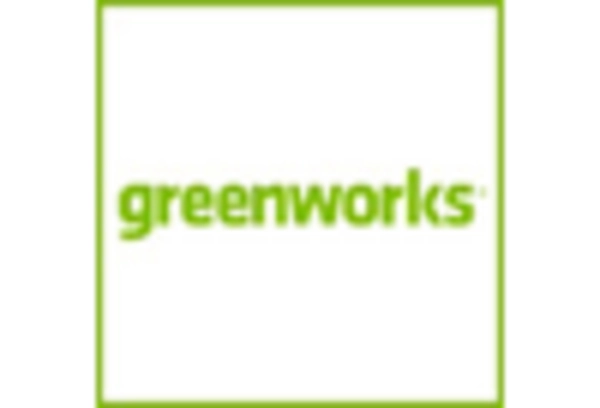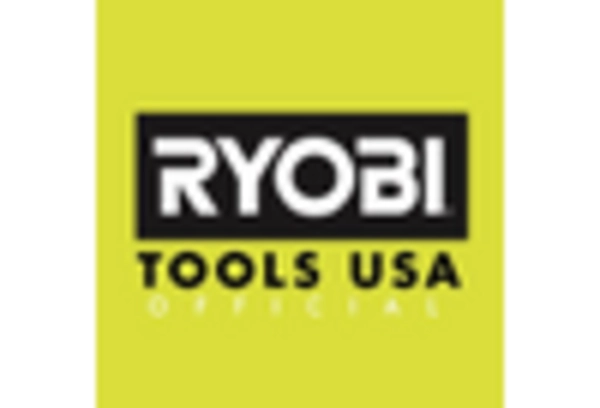Growing Environmental Awareness
The Electric Wheelbarrow Market is significantly influenced by the growing environmental awareness among consumers and businesses. As sustainability becomes a priority, many construction companies are seeking eco-friendly alternatives to traditional equipment. Electric wheelbarrows, which produce zero emissions and operate quietly, align with these sustainability goals. The market for electric construction equipment is expected to reach USD 10 billion by 2027, reflecting a shift towards greener technologies. This growing emphasis on reducing carbon footprints and promoting sustainable practices is likely to propel the demand for electric wheelbarrows, as they offer a viable solution for environmentally conscious operations.
Labor Shortages in the Construction Sector
The Electric Wheelbarrow Market is also being shaped by the ongoing labor shortages in the construction sector. With a declining workforce and increasing project demands, companies are compelled to seek solutions that mitigate the impact of labor shortages. Electric wheelbarrows can effectively address this challenge by enabling fewer workers to accomplish more tasks in less time. The construction industry has reported a 20% decrease in available labor over the past decade, which suggests a pressing need for mechanized solutions. As companies strive to maintain productivity levels amidst these shortages, the adoption of electric wheelbarrows is likely to rise, providing a practical response to workforce limitations.
Technological Innovations in Battery Technology
The Electric Wheelbarrow Market is benefiting from rapid advancements in battery technology. Innovations in lithium-ion batteries have led to increased energy density, longer life cycles, and faster charging times, making electric wheelbarrows more efficient and user-friendly. These technological improvements are crucial as they enhance the performance and reliability of electric wheelbarrows, making them a more attractive option for construction and landscaping applications. The battery technology market is projected to grow at a CAGR of 15% over the next five years, which could further bolster the electric wheelbarrow market by providing more powerful and efficient energy sources for these machines.
Rising Urbanization and Infrastructure Development
The Electric Wheelbarrow Market is poised for growth due to rising urbanization and infrastructure development. As urban areas expand, the demand for efficient material handling solutions in construction and landscaping increases. Electric wheelbarrows are particularly well-suited for urban environments, where maneuverability and ease of use are essential. The global urban population is expected to reach 5 billion by 2030, driving significant investments in infrastructure projects. This trend indicates a robust market potential for electric wheelbarrows, as they can facilitate the efficient transport of materials in densely populated areas, thereby supporting the ongoing urban development initiatives.
Increased Demand for Efficient Construction Solutions
The Electric Wheelbarrow Market is experiencing a surge in demand for efficient construction solutions. As construction projects become more complex and labor costs rise, the need for innovative equipment that enhances productivity is paramount. Electric wheelbarrows offer a unique advantage by reducing manual labor and increasing the speed of material transport. According to recent data, the construction sector is projected to grow at a compound annual growth rate of 4.5% over the next five years, which is likely to drive the adoption of electric wheelbarrows. This trend indicates a shift towards mechanization in construction, where electric wheelbarrows can play a crucial role in streamlining operations and improving overall project efficiency.


















Leave a Comment